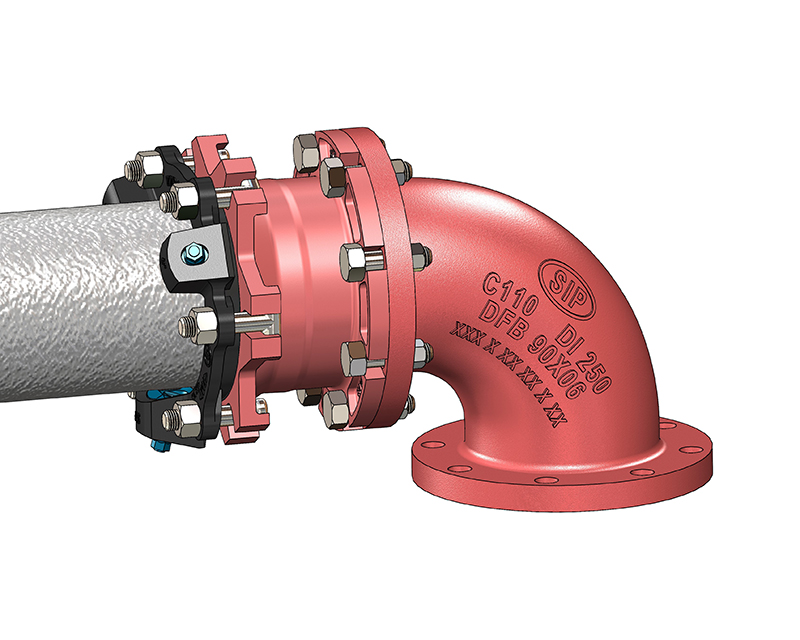
Bolted connections are ubiquitous in engineering, providing a versatile and widely used method for joining components. However, like any engineering solution, bolted connections come with their set of challenges and disadvantages. This article delves into the intricacies of bolted connections, uncovering the potential drawbacks that engineers and builders should be aware of in their pursuit of optimal structural integrity.
1. Vulnerability to Corrosion
A. Exposure to Environmental Elements
Highlight how bolted connections, when exposed to harsh environmental conditions, can be susceptible to corrosion. Discuss the impact of moisture, chemicals, and varying temperatures on the integrity of bolts and nuts, potentially compromising their strength over time.
B. Material Considerations
Examine how the choice of materials for bolts and nuts influences their corrosion resistance. Discuss scenarios where improper material selection exacerbates the risk of corrosion, emphasizing the importance of considering environmental factors in design.
2. Potential for Loosening
A. Vibrations and Dynamic Loads
Explore how dynamic loads and vibrations in machinery or structures can lead to the loosening of bolts over time. Discuss the challenges in maintaining the specified torque, especially in applications subjected to continuous movement or operational stress.
B. Preload Loss
Dive into the concept of preload loss, where the initial tension created during installation diminishes over time. Discuss factors such as relaxation, settling, and embedding that contribute to preload loss, potentially compromising the effectiveness of the bolted connection.
3. Stress Concentration
A. Joint Stiffness
Examine how bolted connections, depending on their design, can introduce stiffness to joints. Discuss how this stiffness may result in stress concentration, leading to localized high stresses and potential failure points, particularly in applications requiring flexibility.
B. Structural Integrity Challenges
Discuss scenarios where the introduction of bolted connections can pose challenges to achieving desired levels of structural integrity. Explore the limitations of bolted joints in applications where stress distribution and load-carrying capabilities are critical.
4. Assembly and Maintenance Complexity
A. Labor-Intensive Installation
Highlight the labor-intensive nature of installing bolted connections, especially in large-scale projects. Discuss how the need for precision in torque application and alignment can increase installation time and costs.
B. Inspection and Maintenance Challenges
Explore the challenges associated with inspecting and maintaining bolted connections. Discuss the necessity for regular checks to identify issues like corrosion, preload loss, or misalignment, and how these checks may require downtime.
5. Limited Aesthetic Appeal
A. Visible Fasteners
Examine the aesthetic aspect of bolted connections, especially in applications where aesthetics play a significant role. Discuss how visible bolts and nuts may detract from the desired visual appeal, leading to considerations for alternative joining methods in design-driven projects.
B. Surface Damage
Discuss the potential for surface damage during the tightening process, including scratches and deformation around the bolted area. Explore scenarios where these aesthetic concerns may impact the overall appearance of structures or products.
Conclusion: Navigating Bolted Connection Challenges with Precision
Summarize the article by emphasizing that while bolted connections offer numerous advantages, understanding and mitigating their disadvantages is crucial for successful engineering solutions. Highlight the importance of precise design, material selection, and maintenance practices to address the challenges associated with bolted connections effectively.



